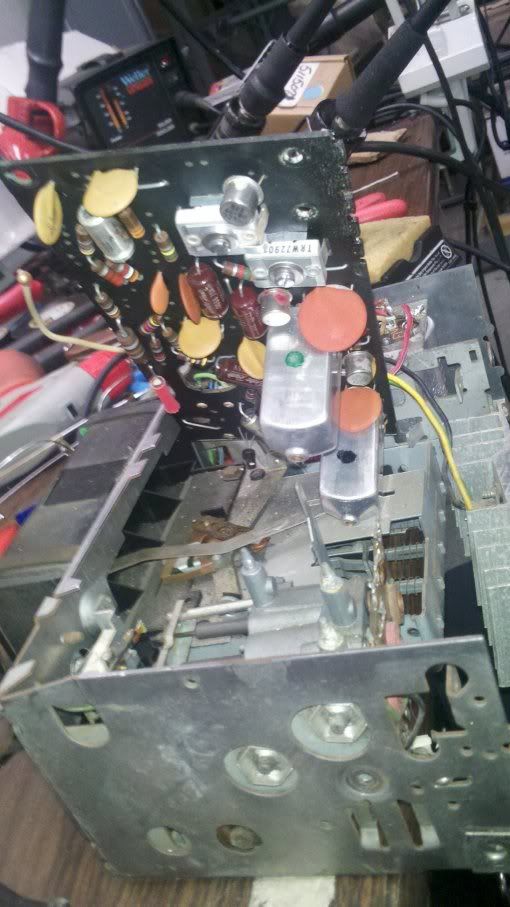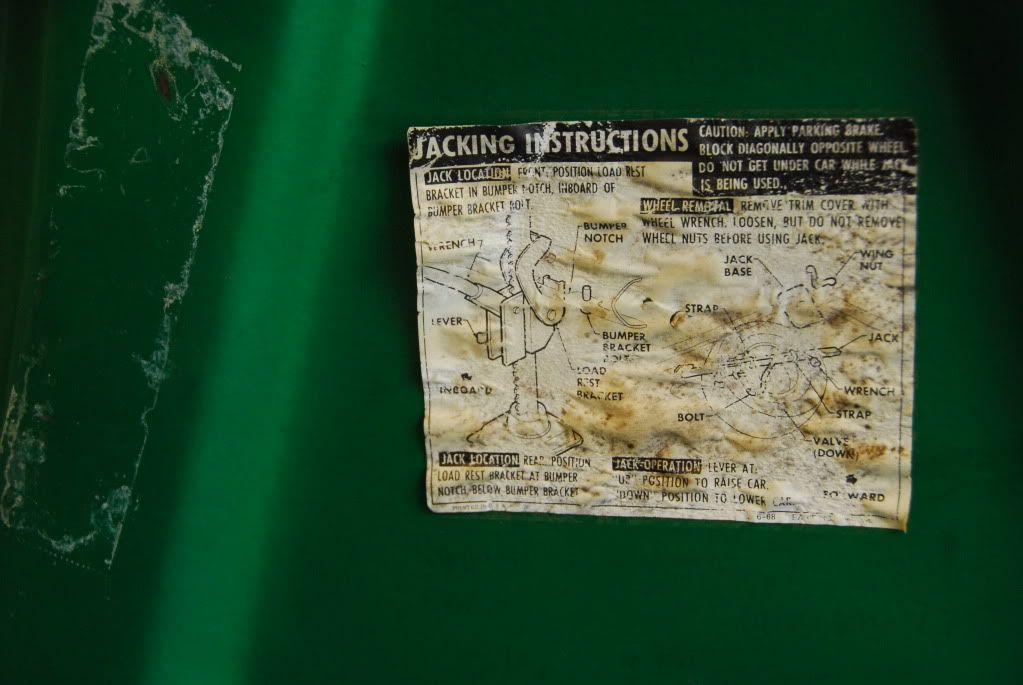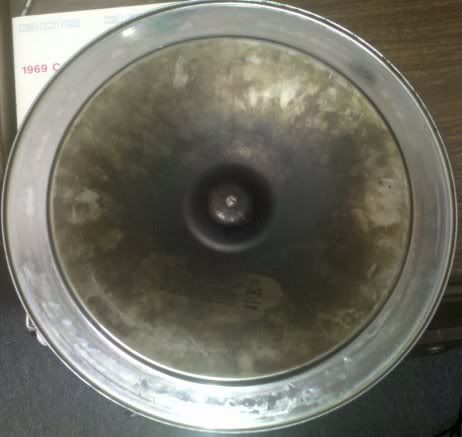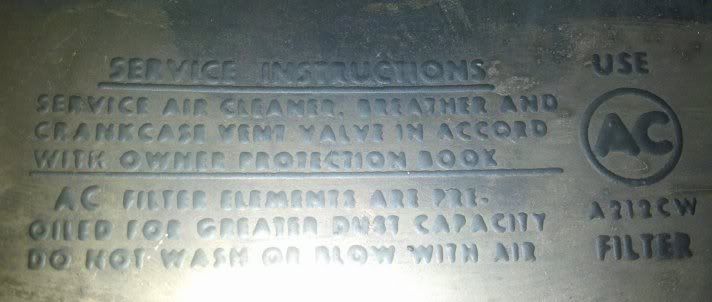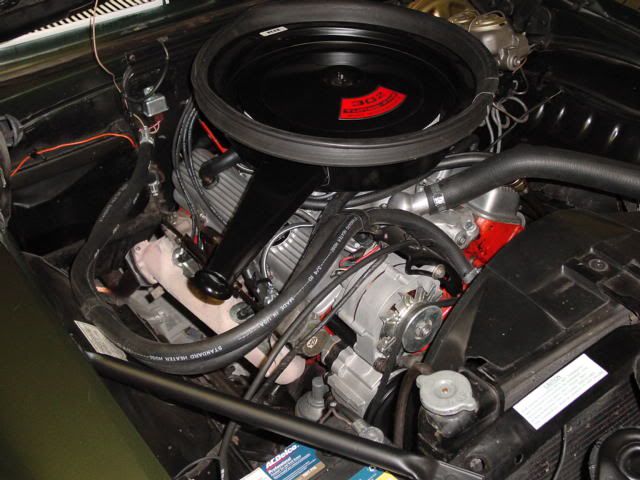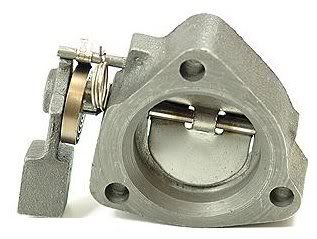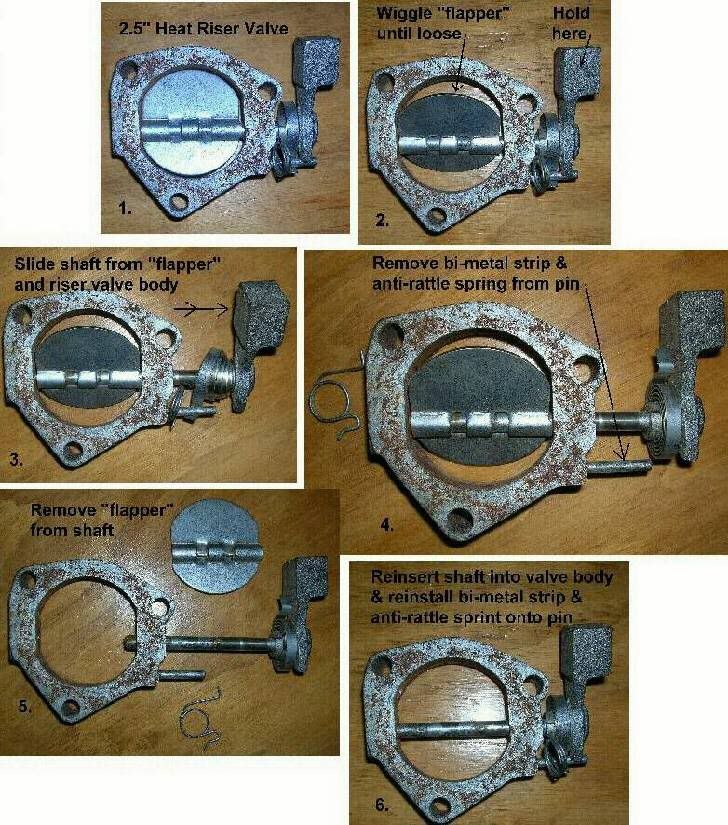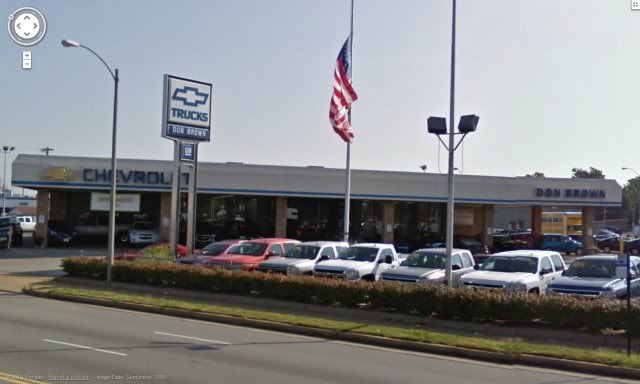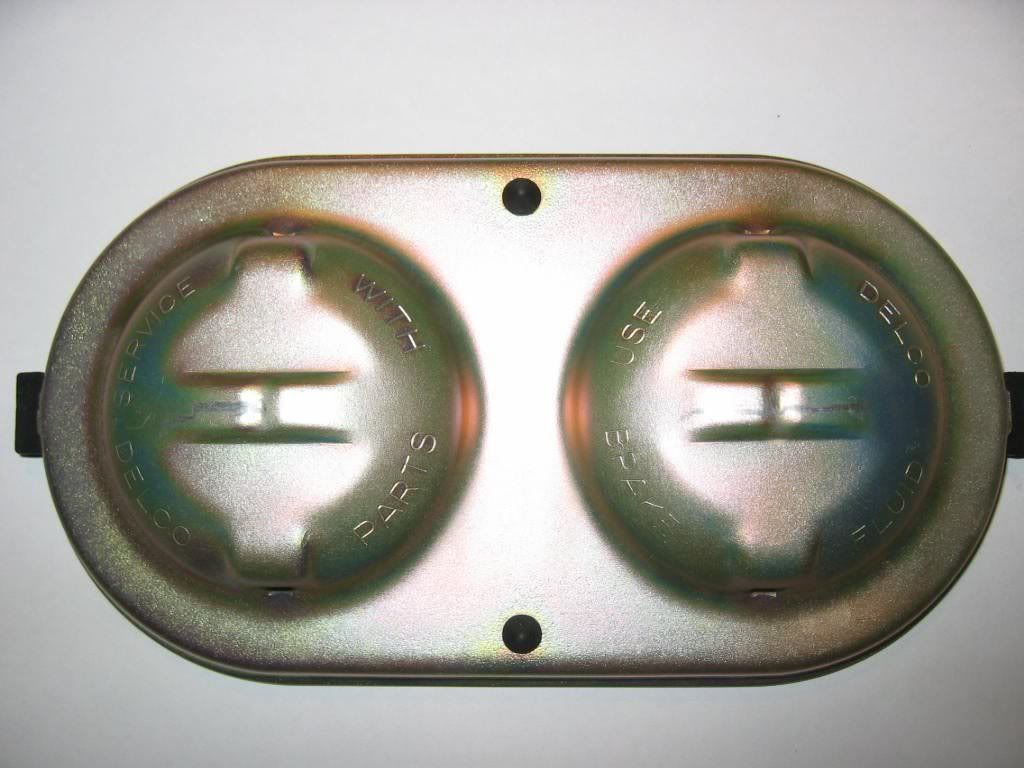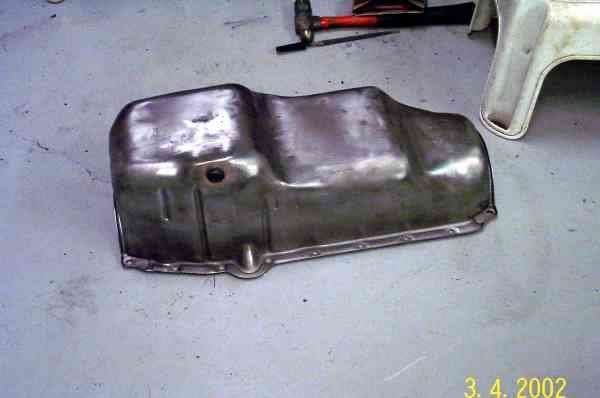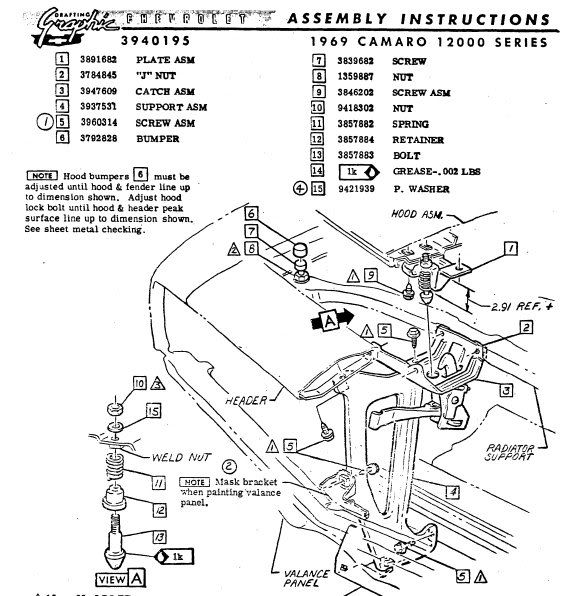One of the Z/28’s former owners is Jim. He sent me a link to pictures of one of his former Camaro’s. He had a 1969 pro mod/street car that ran 9.20’s in the 1/4 mile.
Jim has had some really wild Camaro‘s and I have seen some cool hot rods he has had too.









